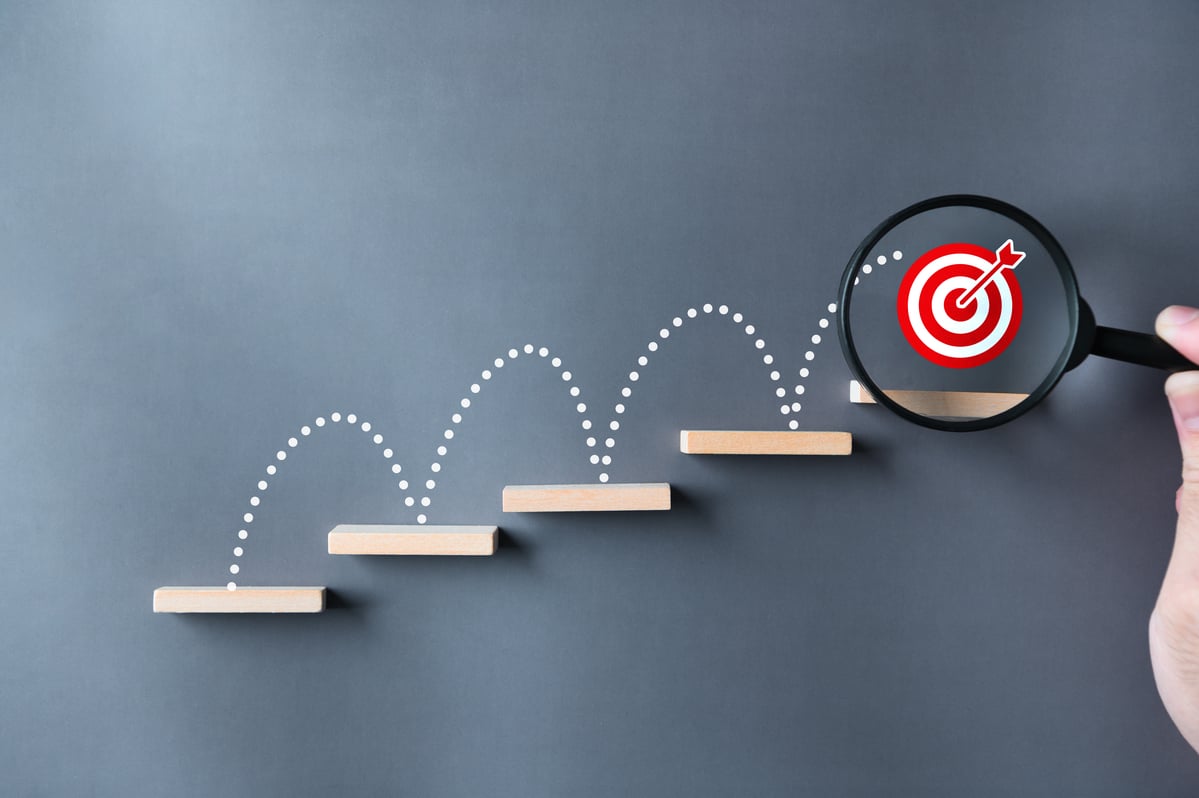
Image source: Starbucks China Instagram page.
In Starbucks Corporation's (SBUX +0.14%) most recent quarterly earnings call on Nov. 3, CEO Howard Schultz could not have been more emphatic in describing the one business opportunity Starbucks executives obsess over more than any other:
Not only has Starbucks cracked the code in China, consistently delivering record operating and financial performance, but our newest class of Starbucks stores in China is delivering the highest AUVs, ROI and profitability of any store class in our history in the market. And we have created partner pride and a deep emotional connection among our customers and our partners in the Starbucks brand in China that rivals any market in the world. By building the foundation of our business in China carefully, methodically, and respectfully, we are creating a growth and profit engine that will continue to accelerate for decades to come.
I would call this just a bit hyperbolic, and yet Schultz went on to reiterate the coffee retailer's recently announced goal of more than doubling its 2,400 units in China to 5,000 stores by 2021. Starbucks opened its first store in China in 1999, so essentially, it's expecting to achieve in five years a store count that took 18 years to reach. The company will indeed be able to move this swiftly, as it plans to license about two-thirds of the future locations to local partners.
While Starbucks' management team may brim with confidence, the gradual shifting of revenue concentration from the U.S. to China isn't without risks. The brand does seem to enjoy a special relationship with Chinese consumers, and yet other foreign consumer staples have seen recent market share deterioration as the Chinese begin to manifest a preference for home-grown goods.
Furthermore, a potentially cooling Chinese economy may have implications for consumption habits in the coming years. And finally, increased Western competition is on the horizon. U.K. hospitality giant Whitbreadannounced plans earlier this year to double its own "Costa Coffee" brand store count in China to 700 stores by 2020.
How can Starbucks buy some protection from revenue risk as it ramps up in the world's second-largest economy? One answer lies in domestic expansion, but not in the most obvious of U.S. markets.
A new way of looking at the map
During the Nov. 3 earnings call, two seemingly unrelated questions from analysts illustrated the current state of U.S. growth. In the first, an analyst asked about the plethora of artisan coffee shops springing up in New York, and implicitly, about tougher competition within metropolitan areas. The analyst wondered if Starbucks' Reserve Stores, which offer what the company calls an "elevated" coffee experience, are providing a beachhead of sorts against this encroachment.
Schultz's response was tinged with incredulity. He wondered if the analyst had seen the company's Seattle Roastery, or observed its Reserve stores (she had). A central learning from the Roastery, Schultz explained, is that customers are drawn to the location's espresso bar. The espresso bar is a central point "where all the coffee is made in multiple brewing methods. That has created excitement, interest, education, romance, theater, but it also has created the opportunity for us to provide our customers with a different coffee experience and, candidly, at a higher ticket."

The espresso bar at Atlanta's new Peachtree Reserve store. Image source: Starbucks Corporation.
The CEO went on to explain that the 3,000-square-foot configuration of the typical Reserve store borrows elements from the Roastery, most prominently the long espresso bar. Reserve stores then are meant to pull much more traffic and a higher ticket from customers versus traditional locations. We should infer that the company really isn't worried about a more crowded market for high-end coffee.
The second question, posed near the end of the call, regarded U.S. comparable-store sales, or comps, which in the previous quarter broke a 25-quarter streak of consecutive increases above 5%. The recently concluded fiscal fourth quarter now marks two consecutive quarters of 4% growth. The analyst wanted to know if this relative underperformance was due to macroeconomic headwinds, or perhaps some internal execution issues.
In answering, Schultz stressed that Starbucks is playing a very long game, and insisted that comps weren't the sole determinant of the company's growth. Thus, in some quarters comps would outperform, and sometimes they'd miss expectations. The response was slightly ironic, as the company rarely hesitated to emphasize its U.S. comps streak at the top of earnings releases before the miss earlier in 2016.
At any rate, both questions point obliquely to the same concern: How stable are growth prospects in the U.S., Starbucks' biggest market? As Starbucks locations in major cities increasingly bump up against independent competition -- and each other -- shareholders shouldn't assume that comps are destined to trend up indefinitely.
To support long-term domestic sales expansion, and also provide a bulwark against future downturns in China revenue, the coffee giant can look to sign leases in communities with pent-up demand for the Starbucks experience. Increasingly, the company is seeing opportunities in cities where economic growth has been stagnant or depressed, and in which a Starbucks location can help anchor renewed development.
Lost beneath the headlines on global expansion is a spate of new openings in such diverse localities as Englewood, Illinois; the Jamaica neighborhood of Queens in New York; and even Ferguson, Missouri, where riots occurred in 2014 after the shooting of Michael Brown by a police officer.
The company has publicized its desire to open at least 15 stores in "diverse, low- to medium-income communities" by 2018. And management as of late seems to marvel at the potential of a foray into non-traditional markets. More versatile store types, including small, "espresso shot" formats and drive-throughs, provide less capital-intensive ways for the organization to foster new geographic revenue streams.
If Starbucks can find appreciable revenue in ever-tinier MSAs (Metropolitan Statistical Areas), it may avert future oversaturation in larger American cities. This type of growth appeals to the organization's socially conscious management team, and it may also play a vital role in hedging China risk in the coming years.






